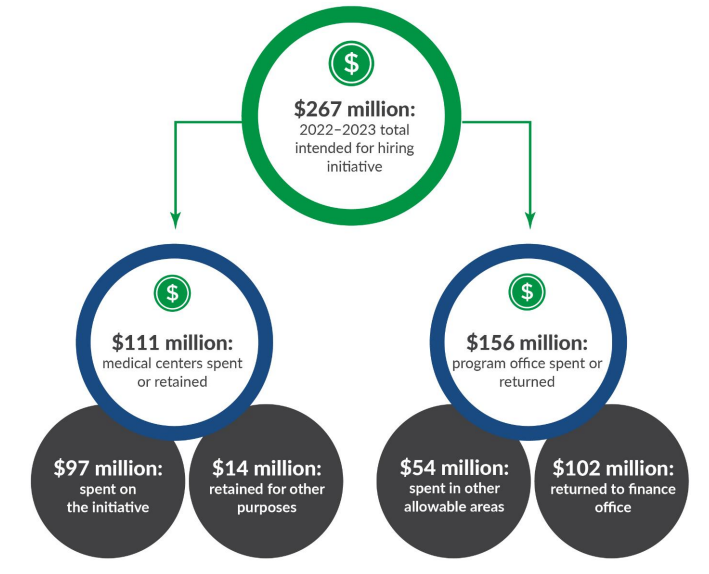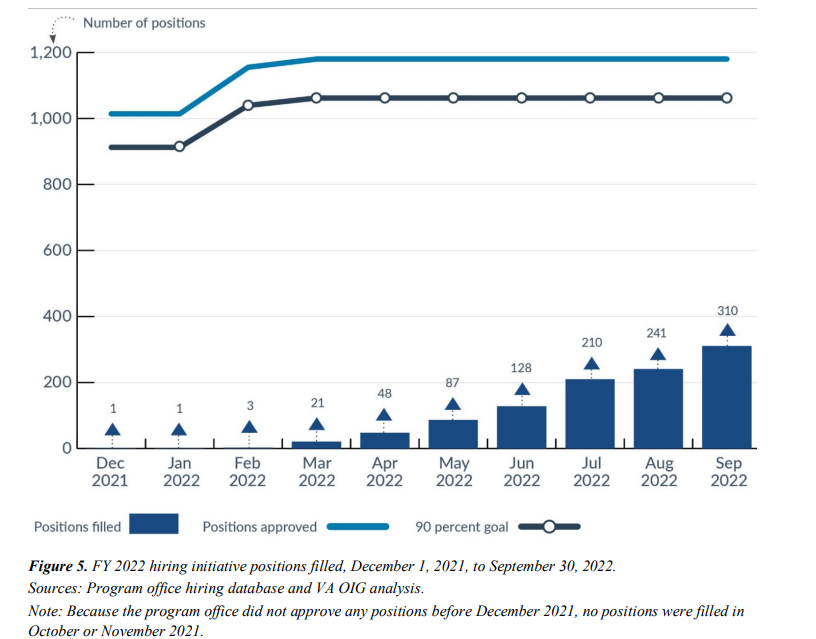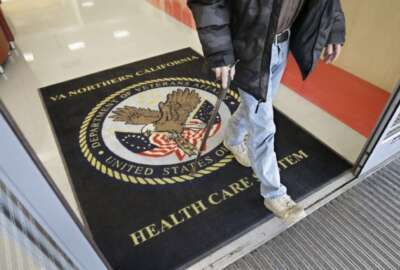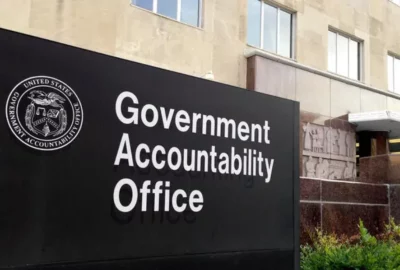VA hiring fell ‘significantly short’ of goals to expand substance abuse treatment for vets
The VA told Congress that less than 30% of the 520,000 veterans with substance use disorders in its care are getting treatment specific to their condition.
The Department of Veterans Affairs is falling short of its hiring goals in a multiyear effort to expand veterans’ access to substance use disorder treatment.
The Veterans Health Administration launched a multiyear hiring initiative in fiscal 2022. VHA, in its 2022 budget request, told lawmakers that less than 30% of the 520,000 veterans in VA care with substance use disorders are receiving care specific to their condition.
The VA set ambitious hiring goals and received more than a quarter-billion dollars from Congress, between FY 2022 and 2023, to support this hiring initiative.
However, its inspector general’s office says the initiative “has fallen significantly short of expectations, leaving gaps in services for veterans struggling with substance use disorders.”
“The program has been plagued by unspent funds, poor communication, and hiring delays,” the IG’s office wrote in a report released publicly on Wednesday.
In two years — fiscal 2022 and 2023 — VA medical centers made only 837 new hires, about 65% of the nearly 1,300 approved positions. The department, however, was expected to fill 90% of its approved positions within one year — by the end of FY 2022.
The VA, in those two years, received $267 million to increase hiring, but spent less than half of that money on bringing in new employees.
The IG office found that VHA didn’t spend more than $100 million of the money and returned it to its finance office. It spent $54 million on substance use disorder program purposes that didn’t expand staffing.
The agency watchdog said VA medical centers retained $14 million of this money for “other purposes.”

Undersecretary for Health Shereef Elnahal told the inspector general’s office that VHA agrees with its recommendations, and that “VHA is committed to ensuring that funds are spent in accordance with all applicable VA policies and federal laws.”
More than one in ten veterans have been diagnosed with a substance use disorder, according to the National Institute on Drug Abuse. That’s a slightly higher rate than the general population.
Veterans are also heavily impacted by a nationwide opioid crisis. Overdose mortality among veterans increased by 53% between 2010 and 2019.
In FY 2022, VA medical centers only filled about 26% of their approved positions and spent only about $8 million of the $96 million available to hire behavioral health staff.
Nearly 30 VA medical centers made no hires under the first year of this initiative, despite receiving funding to fill authorized positions.

Auditors said VA centers didn’t meet their hiring goal because VHA did not clearly communicate hiring priorities.
While hiring improved in FY 2023, IG’s office found many of these problems persisted.
VA intends to continue with its hiring initiative. It requested another $228 million in FY 2024 and $237 million for FY 2025.
With this level of funding, the IG’s office says VHA could reach its goal of hiring nearly 1,300 new employees by the end of fiscal 2024 — about two years later than originally planned.
“However, if the medical centers do not make the goal and VHA does not address hiring delays and challenges, the program office will again return a significant amount of unused funds at the end of FY 2024,” the IG report states.
Among their challenges, VA medical facilities had difficulty finding qualified candidates in certain areas of the country, and balancing other hiring priorities — such as hiring for other behavior health positions.
At the end of March 2022, VHA’s national average time-to-hire was about three months.
“Historically, VHA has faced hiring delays due to circumstances beyond its control, such as recruitment challenges in rural and high-cost areas, lack of interested qualified candidates, and competing priorities,” the report states. “For those reasons, it is critical for VHA to minimize hiring delays that are attributable to internal obstacles to better position its medical centers to meet national hiring goals.”
Copyright © 2024 Federal News Network. All rights reserved. This website is not intended for users located within the European Economic Area.
Jory Heckman is a reporter at Federal News Network covering U.S. Postal Service, IRS, big data and technology issues.
Follow @jheckmanWFED






